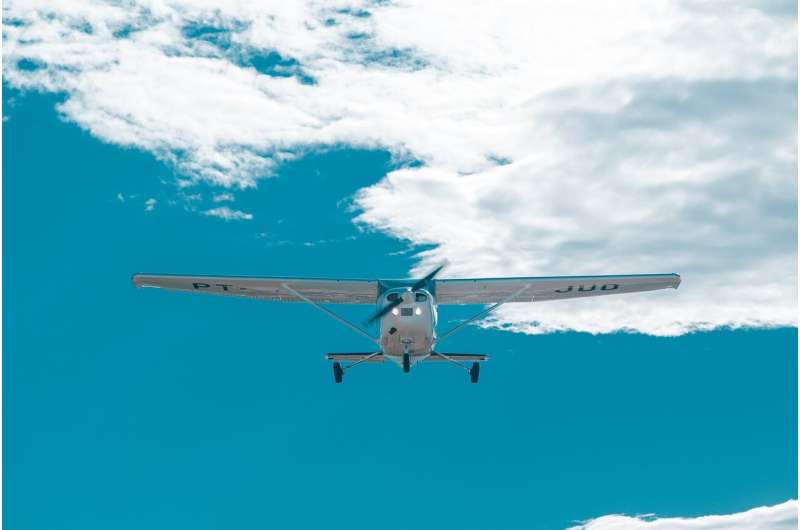Simple steps could help reduce aviation accidents

Flight into inclement weather remains a significant cause of aviation fatalities, particularly for small aircraft, according to a recent study.
Two major events this year have highlighted the impact of poor weather on small aircraft: the US helicopter crash that killed nine passengers, including basketball star Kobe Bryant, and the mid-air collision between two aircraft that killed four people in Victoria in February.
UNSW Canberra Senior Lecturer Graham Wild, along with Ph.D. student Ayiei Ayiei of RMIT University and Mr John Murray of Edith Cowan University, found that such occurrences have not decreased in almost two decades, despite reliable strategies in place aimed at reducing fatalities.
"It has been known for many years in aviation that these events are very dangerous, and organizations have been working to try to reduce the number of these events," Dr. Wild said.
"Sadly, it does not appear that these initiatives have achieved the intended goals."
These incidents are more likely to involve private flights—pilots flying themselves and/or friends and family—rather than commercial flights. They are also more commonly associated with experienced pilots.
"Pilots who have some advanced training, what is called a night rating, were more likely to continue into inclement weather, likely assuming the situation is similar to flying at night, which is then more likely to result in a fatal outcome," Dr. Wild said.
Dr. Wild said the decisions of the pilot had more of an impact than any other factor.
"The critical factor is the pilot's choice, at two key points: the first is to do a full check of all weather for the flight before departing, and the second is to choose to immediately turn around if the weather deteriorates during a flight," he said.
"The key positive finding was that if an occurrence involved a pilot following the "three Cs"—communicate, confess, and comply—it always ended without an accident. So, if a pilot can admit they have made a bad decision, there are pilots and air traffic controllers on the radio who can help save lives."
Dr. Wild said technology could be further developed to help pilots. Particularly if technologies utilized by major airlines were adapted for small aircraft.
"This is applicable in those situations where a pilot tries to descend under clouds into raising terrain. If a navigation system was able to provide terrain elevation, it could warn a pilot of an impending controlled flight into terrain," he said.
"Visual Flight into Instrument Meteorological Condition: A Post Accident Analysis" was published by the Multidisciplinary Digital Publishing Institute in April.
More information: Ayiei Ayiei et al. Visual Flight into Instrument Meteorological Condition: A Post Accident Analysis, Safety (2020). DOI: 10.3390/safety6020019


















